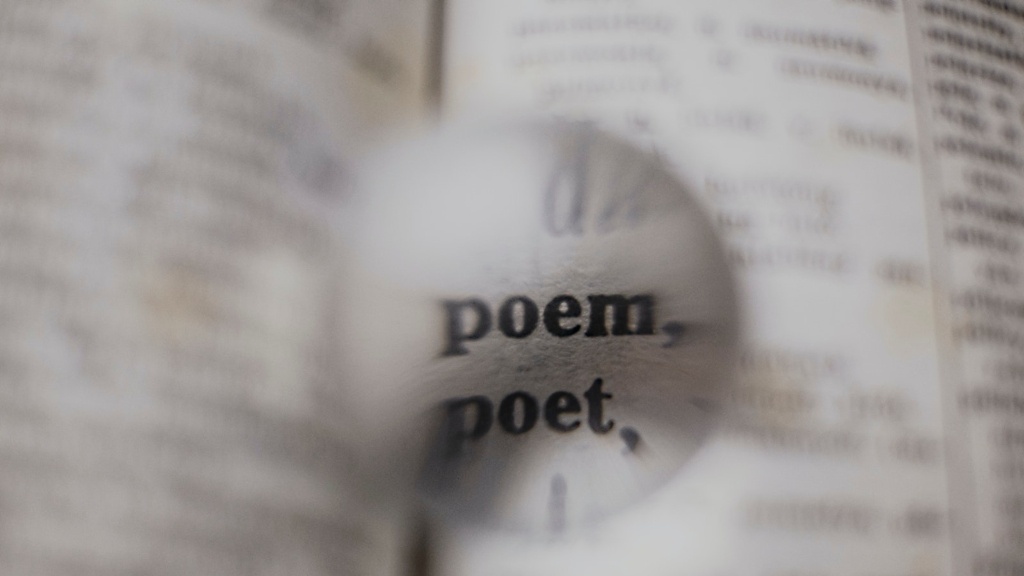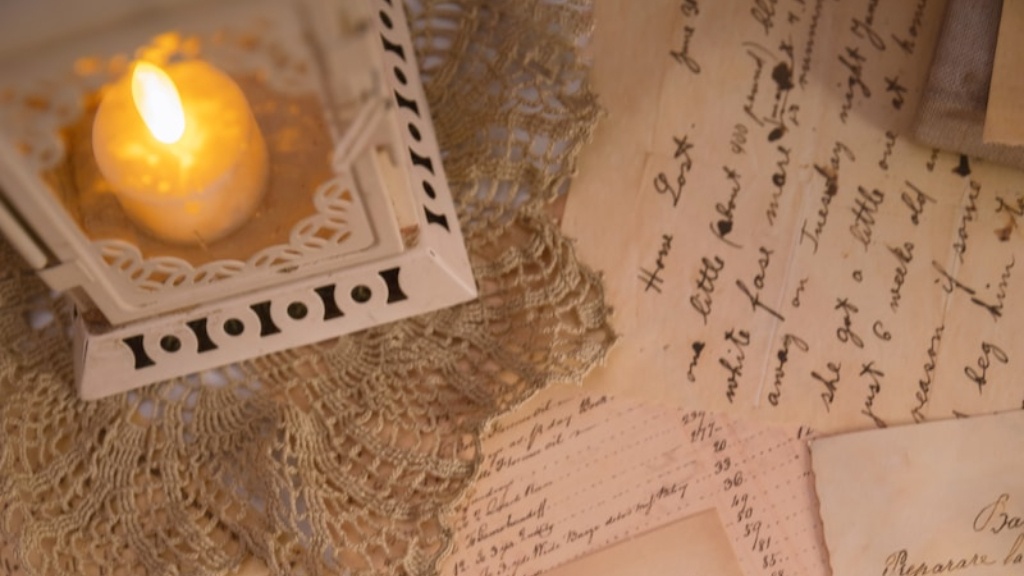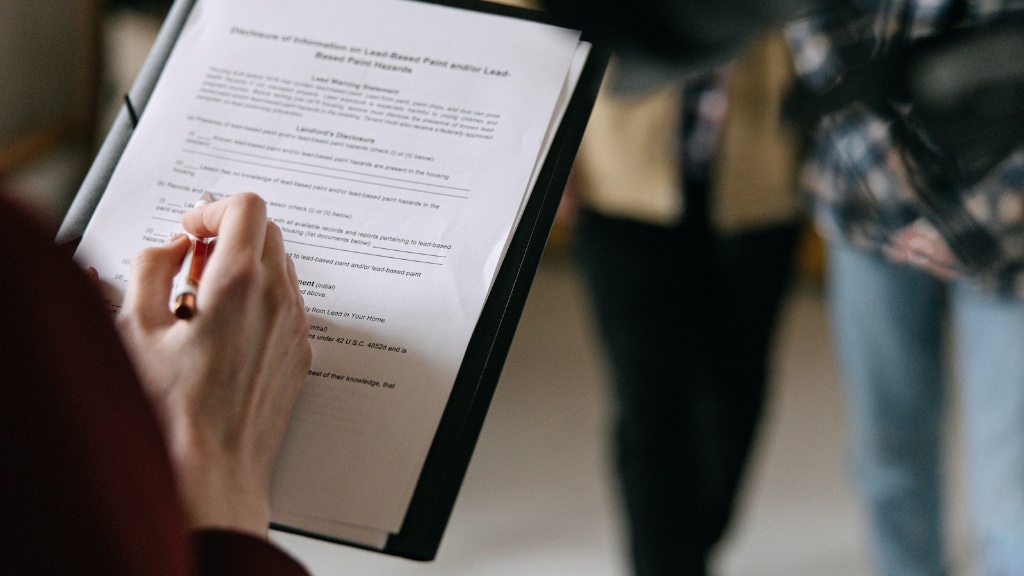Rhyme and Meter
Poetry is a rich and varied art form that relies heavily on the use of rhymes and meter to convey its meaning. Rhyme is a type of correspondence between words, usually the last syllable of the word. Meter is the structure of a poem, consisting of the use of stressed and unstressed syllables. The most common type of meter is called iambic pentameter, with each line having five sets of two syllables that alternate between unstressed and stressed. These two elements are integral to the effectiveness of a poem and to the understanding of its message.
Rhyme and meter create a sense of rhythm and tone which help to convey the meaning of the poem. For example, a poem that uses a lot of rhyming words will create an atmosphere of harmony and unity. Rhyme can also add an extra layer of meaning as words that rhyme tend to have similar connotations and can therefore add an extra dimension of understanding to a poem. Meter helps to give the poem a sense of structure and can highlight certain words or ideas.
Imagery
Imagery is an important part of poetry and can help to create a vivid and evocative atmosphere in a poem. The use of imagery allows the reader to visualize a scene or a feeling and make a more direct connection with the poem. Imagery can be written in a variety of ways, from abstract concepts to literal descriptions.
Imagery can be used in conjunction with other poetic elements such as rhyme and meter to provide a more vivid and striking poem. The use of imagery can help to bring a poem to life and can be used to provide an extra level of understanding to a poem. Examples of imagery can include metaphors, similes and personification, which all help to create a vivid atmosphere.
Symbolism
Symbolism is an important element of poetry which is used to add an extra layer of meaning to a poem. Symbols can be used to effectively convey a message or a feeling without the need for explicit language. Symbols can be used to represent ideas, emotions or entire scenes without the need for literal descriptions.
Symbols can be found in a variety of forms such as animals, plants, colors and objects. They have the potential to evoke strong emotions in the reader and often have multiple levels of meaning. The use of symbols can help to add an extra level of depth and meaning to a poem and can help to capture a feeling or a scene in a more vivid and evocative way.
Theme
Theme is an important element of poetry and helps to convey the message and the emotion of the poem. The theme of a poem is usually the main idea that the poet is trying to convey and can be usually be found in the title. A poem’s theme can be revealed through the tone, language, symbols and other elements in the poem. A theme can be used to bind all the elements of a poem together and helps give the poem a sense of structure and meaning.
The theme of a poem can be used as a device to create an atmosphere and to evoke certain emotions in the reader. It is often closely linked to the emotion of the poem and can help to convey the message in a more powerful and effective manner. The theme of a poem should be clear and should be used to bind all the elements of the poem together.
Tone
Tone is an important element of poetry and can help to convey the feeling of the poem to the reader. The tone of a poem is the mood of the poem and can range from calm and peaceful to angry and despairing. Tone can be used to create a certain atmosphere or to evoke certain emotions in the reader.
Tone is closely linked to the theme of the poem, and should be reflected in the language and imagery used throughout the poem. The use of tone can help to create an atmosphere that is in keeping with the theme and can help to create a more powerful poem. Tone can also be used to give the poem a sense of purpose and can help to ensure that the poem conveys the intended feeling.
Figurative Language
Figurative language is an important element of poetry and is used to create a vivid and evocative atmosphere. Figurative language is a type of language which uses figures of speech to create a deeper level of meaning. Examples of figurative language include similes, metaphors, personification and hyperbole. These figures of speech can be used to create a vivid and powerful atmosphere and can help to make the poem more engaging and evocative.
Figurative language can be used to convey feelings and emotions in a more powerful way. It can be used to create images and scenes which are more vivid and engaging than literal descriptions. figunative language can also be used to create powerful and evocative scenes which bring the poem to life and make it more compelling.
Sound
Sound is an important element of poetry which helps to create a musical quality in the poem. Sound can be used to evoke certain emotions in the reader and to create a sense of rhythm and movement. Examples of sound include alliteration, assonance, consonance and onomatopoeia. Alliteration is the repetition of a sound, usually at the start of words. Assonance is the repetition of vowel sounds. Consonance is the repetition of consonant sounds. Onomatopoeia is the use of a word to imitate a sound.
Sound is used to create a sense of harmony and unity in the poem and to create a mood or atmosphere. It helps to convey the message of the poem in a more powerful and effective manner and can help to make the poem more evocative and engaging. Sound can also be used to add an extra layer of understanding to the poem, as certain sounds can have certain connotations.
Stanzas
Stanzas are an important element of poetry and are used to create a sense of structure in the poem. A stanza is a group of lines in a poem, usually of the same length and containing the same rhyme scheme. Stanzas can be used to create a sense of rhythm and to evoke certain emotions in the reader. Each stanza should contain a specific idea or theme and should be used to build towards the overall theme of the poem.
The use of stanzas can help to break a poem up into manageable pieces and can help to add an extra layer of understanding to the poem. Stanzas can also be used to create a sense of unity and rhythm and to help the poem flow more easily. Each stanza should be used to convey a specific emotion or message and should be used to create a sense of structure and harmony in the poem.
Rhetorical Devices
Rhetorical devices are an important element of poetry and can be used to create a vivid and evocative atmosphere. These devices are used to emphasize certain ideas and to help convey the meaning of the poem. Rhetorical devices such as antithesis and oxymorons can be used to create an atmosphere of tension or of confusion. Parallelism can be used to emphasize certain ideas, while allusion and allegory can be used to add a layer of meaning to the poem.
These devices can help to create an atmosphere of tension, confusion or mystery and can add an extra layer of understanding to the poem. They can be used to emphasize certain ideas and to help convey the message of the poem in a more powerful and effective manner. Rhetorical devices can help to create a vivid and evocative atmosphere which makes the poem more engaging and compelling.


